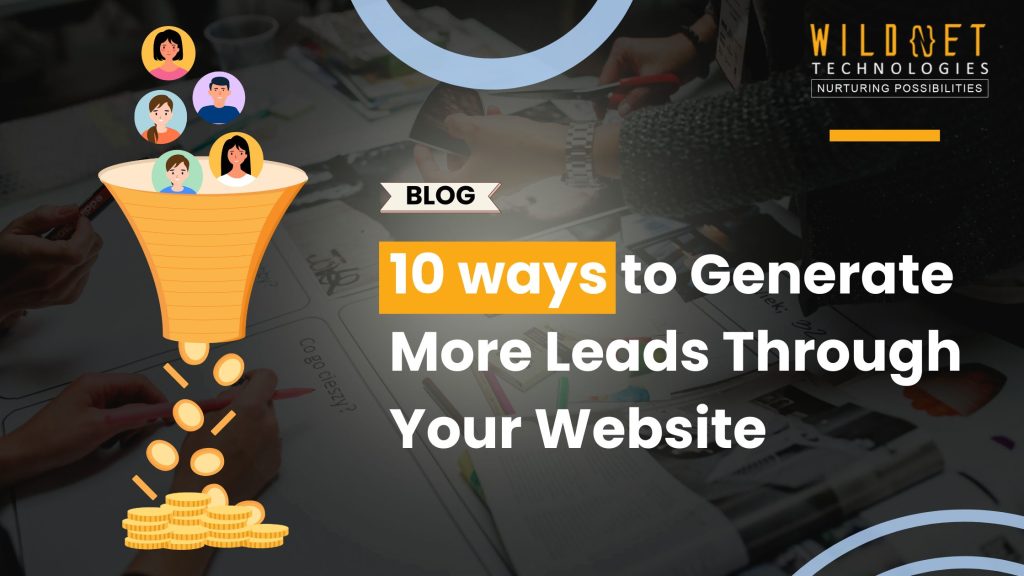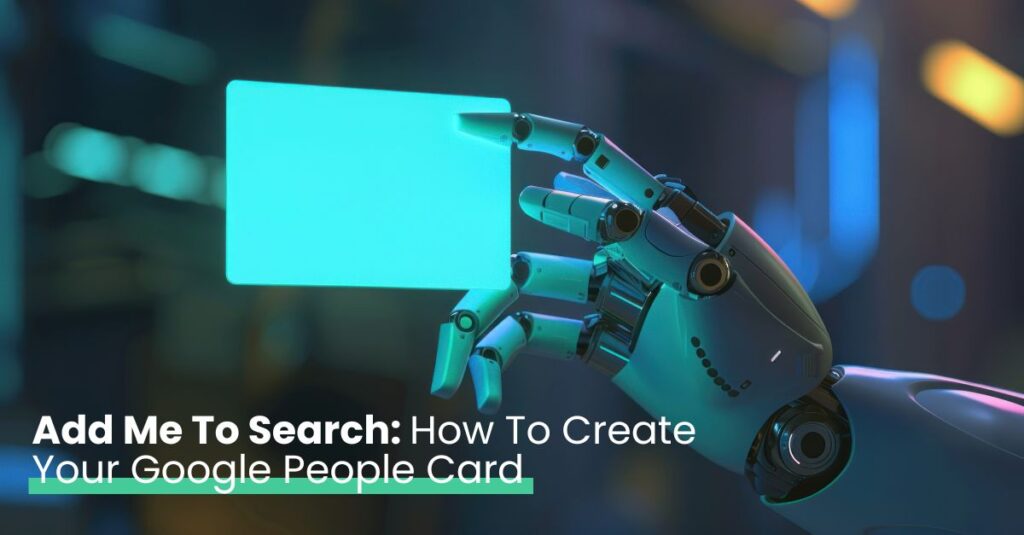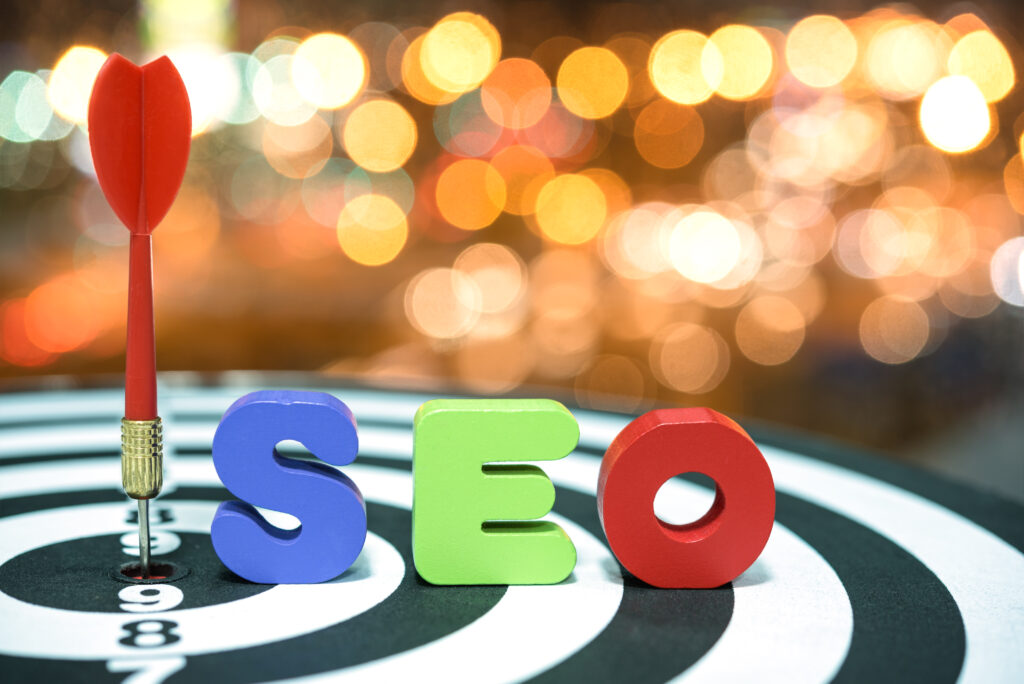Getting started with Facebook Advertising is one of the greatest challenges facing most new users. This platform effectively allows businesses to target a large group of people due to its large number of users and complex targeting capabilities.
But how does one set up a campaign for an ad on Facebook? What are the stages involved when setting up an ad account and deciding what ad format to select and the advertising features to include?
In this guide, we will introduce you to the very basic principles of Facebook advertising Here you will find information on how to write persuasive text for your ads and how to calculate their effectiveness.
What is Facebook Advertising – An Overview
Among the tools available to any business today is Facebook advertising is best. There is a massive reach of potential customers that can be obtained through the more than 2800 million active users on the site.
There are different types of advertisements that one can use on this site. And even many different ways to reach the users with these ads, making it easier for the ads to meet the required objectives.
It is important for you first to understand how Facebook advertising works before you go ahead and create ad campaigns. If equipped with the right information and strategies, one can use this platform to create awareness, engagement, and conversion for the business.
Making Your Facebook Ad Account
Before you can advertise on Facebook, the first thing that you need to do is create an ad account. This is done through the Facebook Business Manager.
The steps on how to create your ad account include:
- Under Business Manager Overview, Scroll down.
- On the page, you have opened, click on “Business Settings”.
- Click “Accounts” and then “Ad Accounts”.
- Select “Add” and “Create New Ad Account”.
Once your account ad is set up, you are in a position to move to the next step of creating your ad campaigns. Let’s move on to such sections where we will explain the different types of Facebook ads and how you can create them.
Categories of Facebook Ads
Facebook as a medium provides different types of ads which include types of ad formats. Different advertising ad formats available on Facebook ensure that it meet the different advertising objectives targeted by a given announcer.
- Text Advertisements
As the name suggests, text ads focus more on words than on images. A few pictures are added for a more impressive look, but the basis of these ads remains on texts and headers.
- Image advertisements
Image advertisements are the most straightforward form of Facebook advertising. They consist of a single picture and text with a call to action button.
- Video Ads
Video ads give you a chance to present your message more captivatingly. It can be employed in various ways, including product promotion, customer testimonials, or even brand-building mini-documentaries.
Keep in mind that your video should be appealing even if there’s no sound since several videos are viewed on mute.
- Carousel Ads
With Carousel ads, you can create one ad that has up to ten pictures or videos. Every picture or video can link to a different webpage.
This format is suitable particularly when there are many products to be displayed, and when there is a need to leverage every carousel card to develop a sequential story.
- Other Ad Formats
There are other ad formats like Slideshow Ads, Collection Ads, and Instant Experience Ads. Slideshow Ads combine images into a video and are ideal to use when internet access may be unstable.
Collection Ads are ads that contain a huge catalog of items that one can see and buy straight from the advertisement. Instant Experience Ads, which are full-screen advertisements, are served 15 times faster than mobile Facebook and webpage services.
The most appropriate advertisement format is chosen based on the advertisement objective, the targeted audience, and the content type in hand.
Choosing The Right Advertising You Want To Achieve
When you begin to create your ad, it is also important to set the advertising goals. What are the objectives you hope to accomplish after running Facebook ads?
You may be interested in reaching more people, more traffic on your site, or more customers. This gives rise to a need for different strategies for the achievement of these goals.
Being familiar with your goals will enable you to select the appropriate ad type, the relevant options in targeting, and the correct bidding framework. It will further assist you in the actual advertisement copywriting and the creative process.
Setting Up Your Audience’s Limitation
Having done that, the next step is setting up a target audience. Who are those people who would be her audience with the advertisements?
There are a different number of ad-defining methods on Facebook. You could use users’ location, age, gender, interests, behavioral patterns, etc.
Here are some best practices for student targeting through Facebook ads targeting:
- Start broad, then narrow down: When you’re first getting started, cast a large net, and you can work on tighter targeting later based on the results of your ads.
- Use Facebook’s Audience Insights: This is a very beneficial activity as it gathers helpful information on your audience and helps you create better targets.
- Test different audiences: Do not put all your eggs into one basket, target one audience only. Target different audiences to identify the most responsive.
Keep in mind, that ad targeting accurately is the most paramount activity in running a successful Facebook advertising campaign. This assures that the right audience gets the right ads at the right time.
Undertaking Your Ad: Texted Contents, Clonal Aspects and Action-Oriented Message
In executing a Facebook ad campaign, three factors should be taken into consideration; the copy, creative, and the action-oriented message (the CTA).
The written content of your ads should be straight to the point and persuasive. It should be built around the selling proposition.
The creative aspect refers to the pictorial representation of your ad. This will be in the form of either an image a video or a series of images. Ensure that the visuals are relevant and good in quality.
A CTA is a call to action that specifies what action you would like the audience to take after they have seen your advertisement. It can be an interaction with your proposal e.g. advertisement, or marketing.
You should also bear in mind that your advertisement is one whole unit. That is the copy, creative and the CTA are harmonized to tell an enticing story and incite the desired action.
Strategy on Finance and Cost Per Action
It is important to realize that a budget should be set for the particular advertising campaign whenever an ad campaign on Facebook advertising is undertaken. This places a cap on how much you are willing to spend on your ads.
Facebook consists of two budgets — daily and lifetime. The daily budget is the maximum amount you plan to spend on a single day. The lifetime budget is the budget that will be used for the whole duration of the campaign.
Bidding strategies affect how the allocated budget is spent. You can opt for CPC, where you bid for clicks; CPM, where you bid for every thousand viewers; or CPA, where you pay for the acquisition.
Your understanding of these strategies will assist and be useful in the management of the ad spend.
Creating and Managing Your Campaign
A Facebook ad campaign creation begins in the Ads Manager. Here, you will be required to select the objective, audience, budget, and ad format.
In the following step, you will develop the ad that you have created. This consists of composing the ad copy, selecting the ad creative, and defining the call to action.
After your ad has been published, the focus shifts to campaign management. You should follow the performance of your ad and always make adjustments whenever they may be required.
Here are some steps to follow:
- Ad tracking should be done consistently and performance metrics checked at the respective periods.
- Try out ad variations for ad sets to find the working ad.
- Change your budget and bidding strategies according to the results.
- Stop running ads that are producing poor results and increase the spending on those that are working.
Measuring Success: Analytics and Optimization
It is very important to answer the question, how do you measure the success of your Facebook advertising campaign? To make sure that it is worth continuing the work towards some goal, that’s what everybody wants to know.
For Facebook, reporting is done every ten days and includes several ad metrics. Here you can analyze reach, interaction, conversions, and many more.
Optimization is the next step. Make the most of your data to improve your campaign. Change your target audience, change your ad, or change how much you are paying for it.
Success in advertising on Facebook is not a one-time effort; it is a cycle of testing, learning, and optimizing.
Advertising on Facebook or Advertising on Google
When it comes to advertising, deciding whether to go with Facebook or Google can be daunting. Each platform has its advantages.
Google is good at search advertising. This is good especially if you have a business with users looking for your products or services.
Unlike this, the strength of Facebook is the amount of targeting a business can do with its audience. It is useful for businesses that want to increase their engagement and build brand awareness.
In the end, it all boils down to your business needs, target market, and financial resources.
Conclusion and Next Steps
Facebook advertising is effective for many businesses. Provided an appropriate strategy is devised, the intended audience can be reached successfully, and marketing objectives achieved.
To begin, make sure you create your ad account, state what you intend to achieve, and create your ads. Success in Facebook advertising is a process and requires constant advancement.
Wildnet Technologies is a top-notch digital marketing firm in India that has catered to its 4100+ clients’ social media marketing needs via our SMM, or social media marketing services, to garner more than 150% engagement and USD 10 million in revenue!
Read More:
- Understanding the Facebook Ad Library Effectively
- Trending Creator Tools for Instagram and Facebook
- Facebook Lead Ads’ Major Benefits for Your Business
- Exploring Different Types of Social Media Marketing for Business Growth
- Adapting to the Evolution of Social Media Marketing
- How To Delete Snapchat Account: A Step-by-Step Procedure
FAQs
Ques1. What does Facebook advertisement mean?
Facebook advertisement is a marketing strategy used by businesses to advertise their goods and services to potential customers for a fee through Facebook.
Ques2. How much does it cost to advertise on Facebook?
The pricing of the Facebook ads differ from one audience to another, ad type, competition, with minimum costs going to $0.50 up to more than $2.00 per click depending on the kind of bidding strategy that has been put in place.
Ques3. How to create FB ads?
Once you sign in to Facebook Ads Manager, you will easily build Facebook ads by selecting your objective and audience, budget, and the ad creative which includes text and graphics.
Ques4. Is Facebook ads for free?
No, They are not free in terms of advertising. There is a cost to be used for placing the ads. Although it is free to create an account.
Ques5. What are the Activities engaged in Facebook ads?
In FB, one can find several types of ads such as image ads, video ads, carousels, slideshows and collection ads.
Ques6. What are the benefits of Facebook ads?
Increased targeting of ads to the intended audiences as well as awareness on the brand, increased interaction levels as well as acquisition of a large audience efficiently and cost-effectively.







